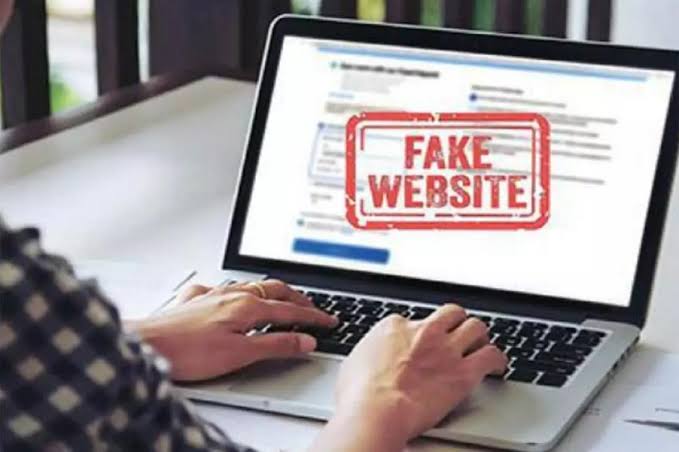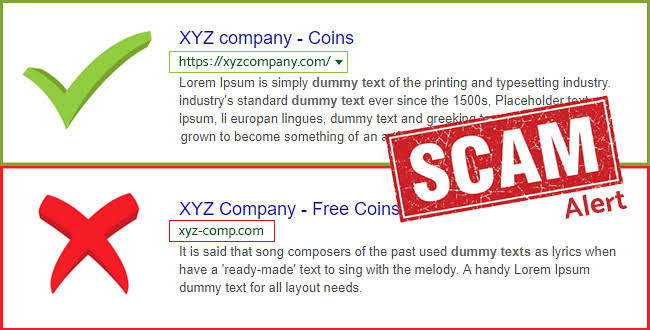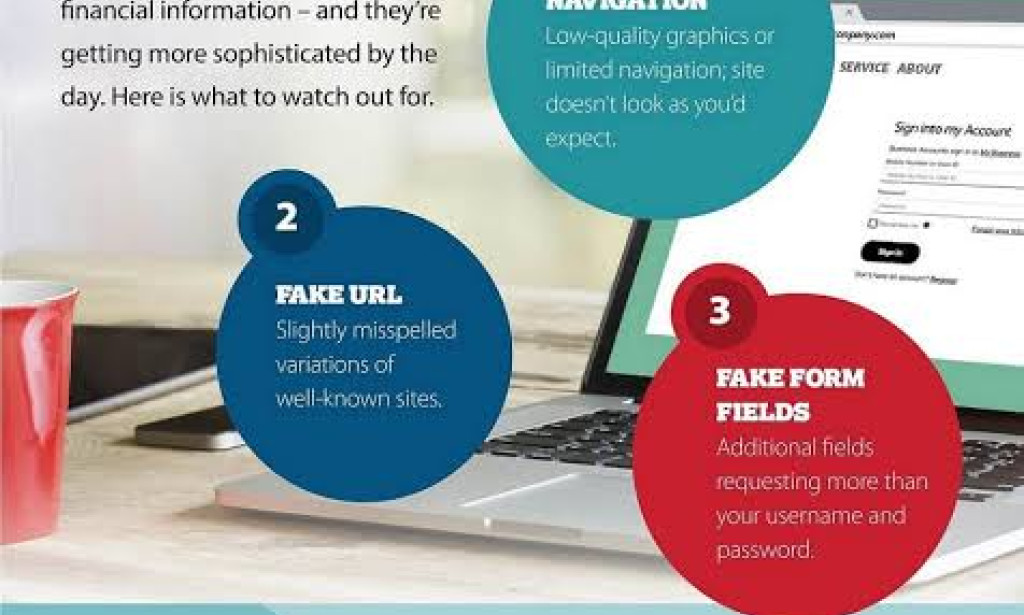From the aspect of e-commerce and digital services, fake and fraudulent websites have become increasingly rampant. Some of these websites can affect or compromise any of your personal data, information and device security. To prevent it from happening it is crucial to know how to identify those fraudulent websites.
We have to follow these easy steps to identify those fake websites;
Verifying website authenticity
- Check for it's Reviews and Ratings: Research the website reviews to confirm if other users has a good experience while using the website or what they have to say about it.
- Contact the Website Customer Service: contact the customer service for clarification. Authentic websites will respond to your questions promptly.
- Verify the Website Address: Make use of online directories or maps to verify the website's physical address and making sure it matches with the one shown on the website.

Watching out for red flags
- Suspicious Domain Name: Be careful of some websites with unusually spelt domain names. Legitimate websites normally have a clear and accurate domain names.
- No HTTPS or invalid SSL certificate: Make sure the website has a valid HTTPS connection and a trusted SSL certificate. If you want to check the certificate you can click the padlock icon in the address bar.
- Poor Website Design: Fake website usually have low-quality design, poor navigation, and broken links. Real websites is more likely to have a user-friendly interface and smooth connectivity.
- No Contact Information or Physical Address: Legitimate websites provide clear contact information, including a physical address, phone number, and email address.
- Too-Good-to-Be-True Offers: Be wary of websites offering unrealistic discounts, free gifts, or guaranteed wins. If it seems too good to be true, it probably is.
- Poor Grammar and Spelling: Fake websites often contain grammatical errors, typos, and poorly written content. Legitimate websites have professional and well-written content.
- No Trust Badges or Security Seals: Look for trust badges, such as VeriSign or TRUSTe, which indicate that the website has undergone security audits and meets industry standards.

Protect yourself from fake websites
- Keep Your Browser and Antivirus Software Updated: Ensure your browser and antivirus software are updated with the latest security patches and malware definitions.
- Use Strong, Unique Passwords: Use a password manager to generate and store strong, unique passwords for each website.
- Be Cautious with Personal and Financial Information: Never provide sensitive information, such as credit card numbers or personal identification numbers, on unsecured or suspicious websites.
- Monitor Your Accounts and Credit Reports: Regularly check your bank and credit card statements, as well as your credit reports, to detect any suspicious activity.
One must be careful of fake websites by being informed of these red flags to verify the website's authenticity and reduce the risk of being a victim of fake or fraudulent websites, always stay vigilant and protect yourself online (on the internet).

You must be logged in to post a comment.